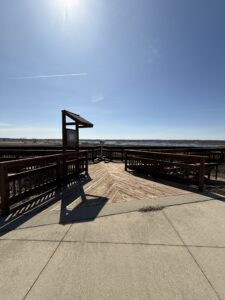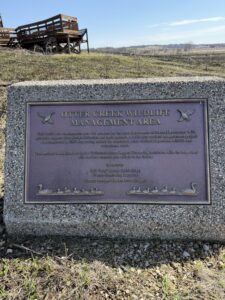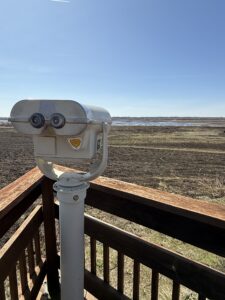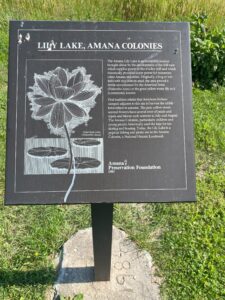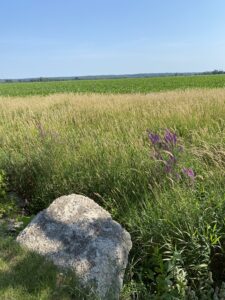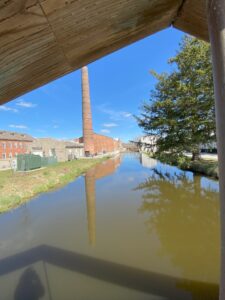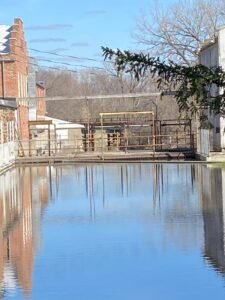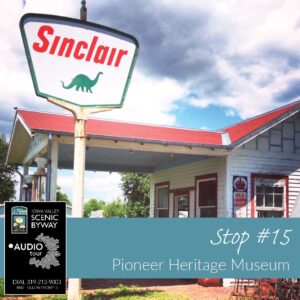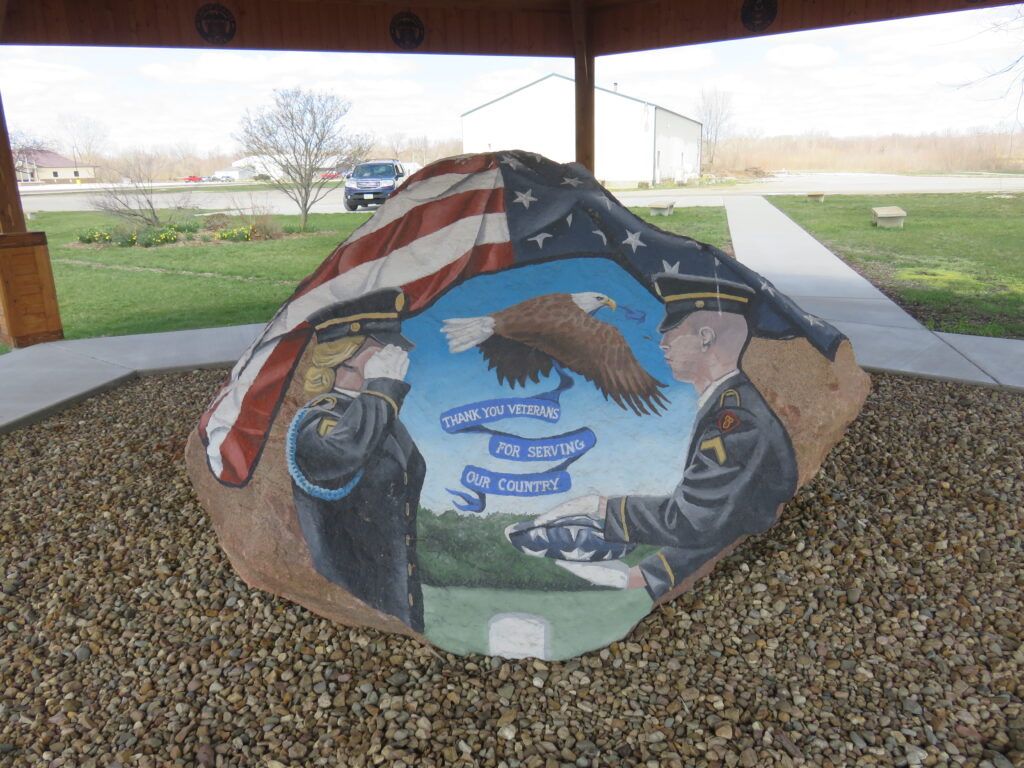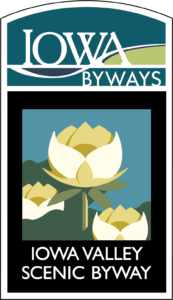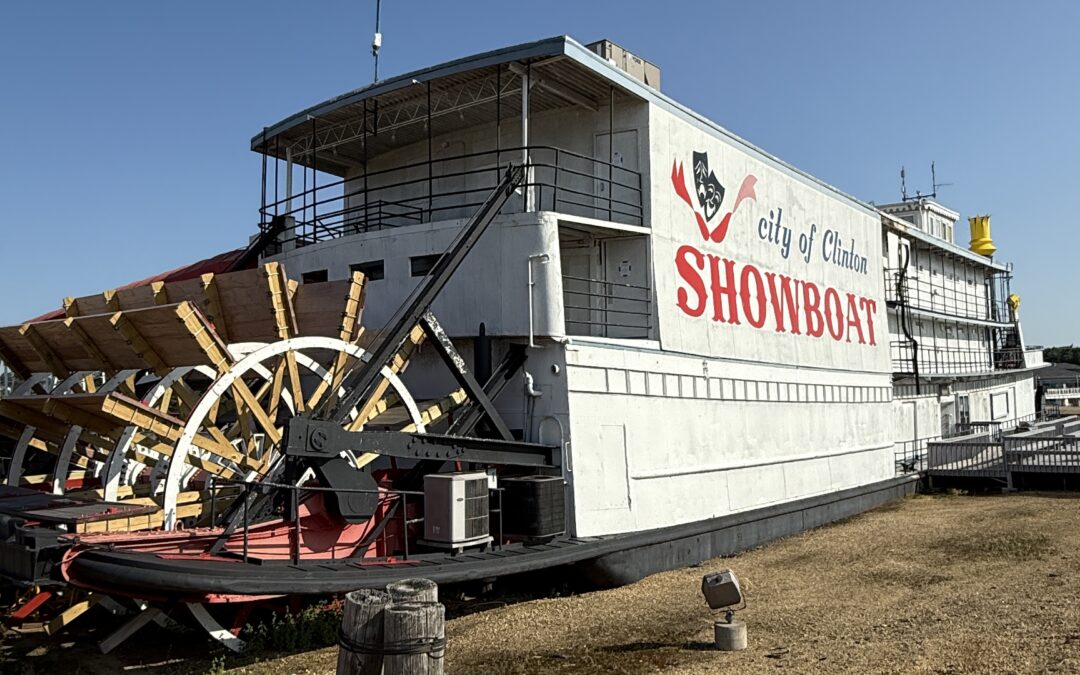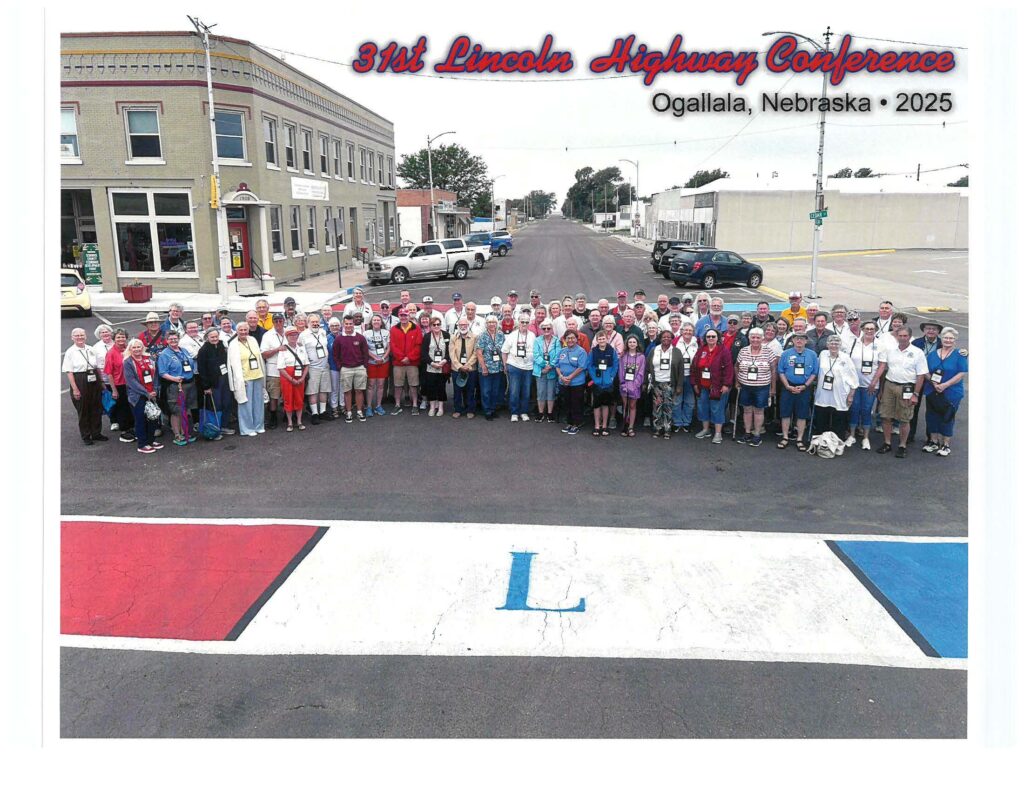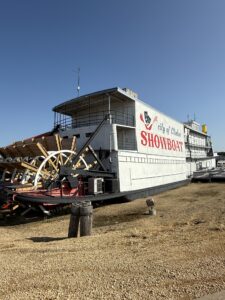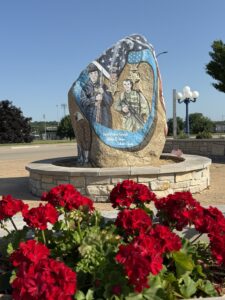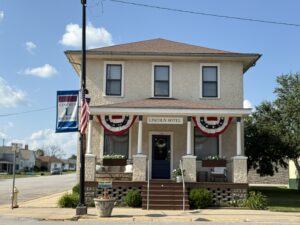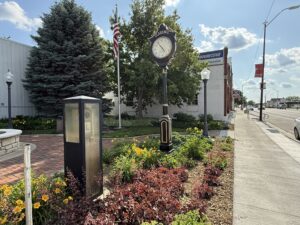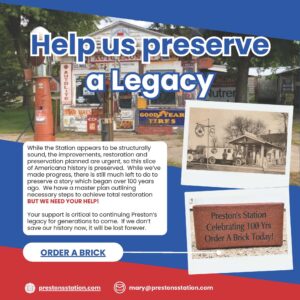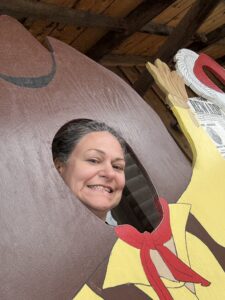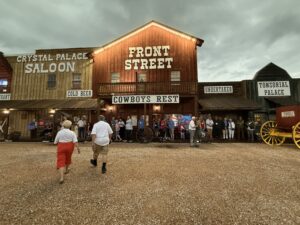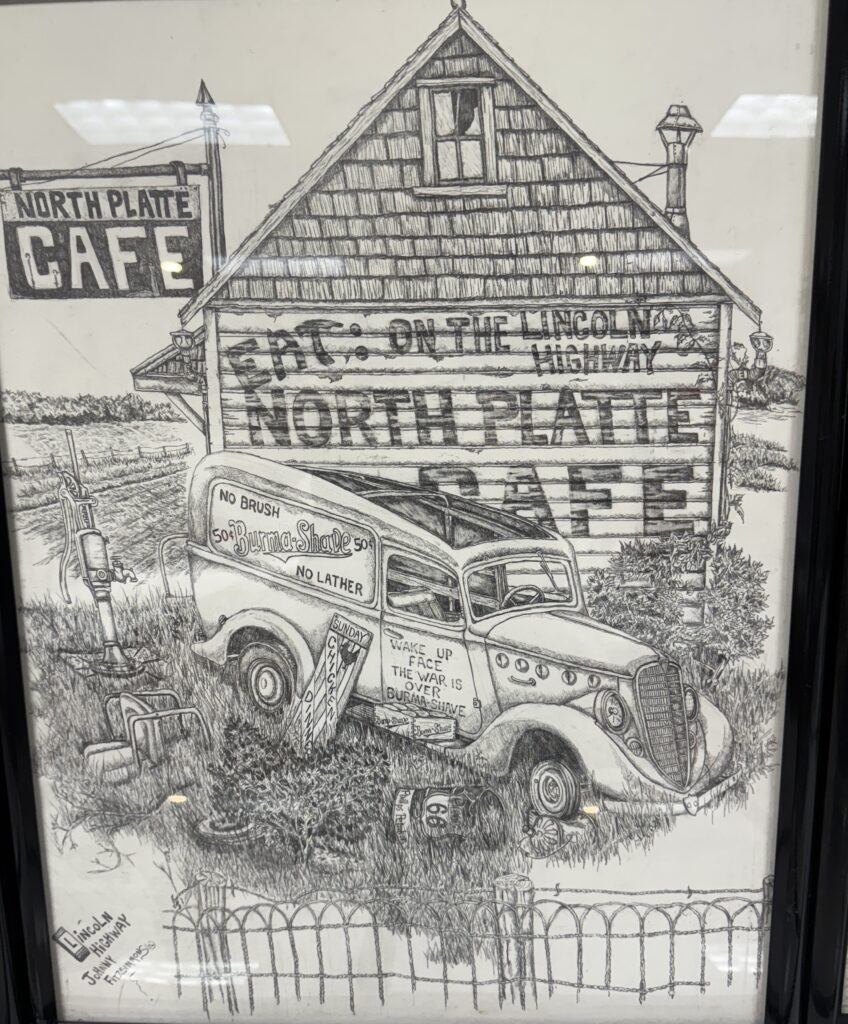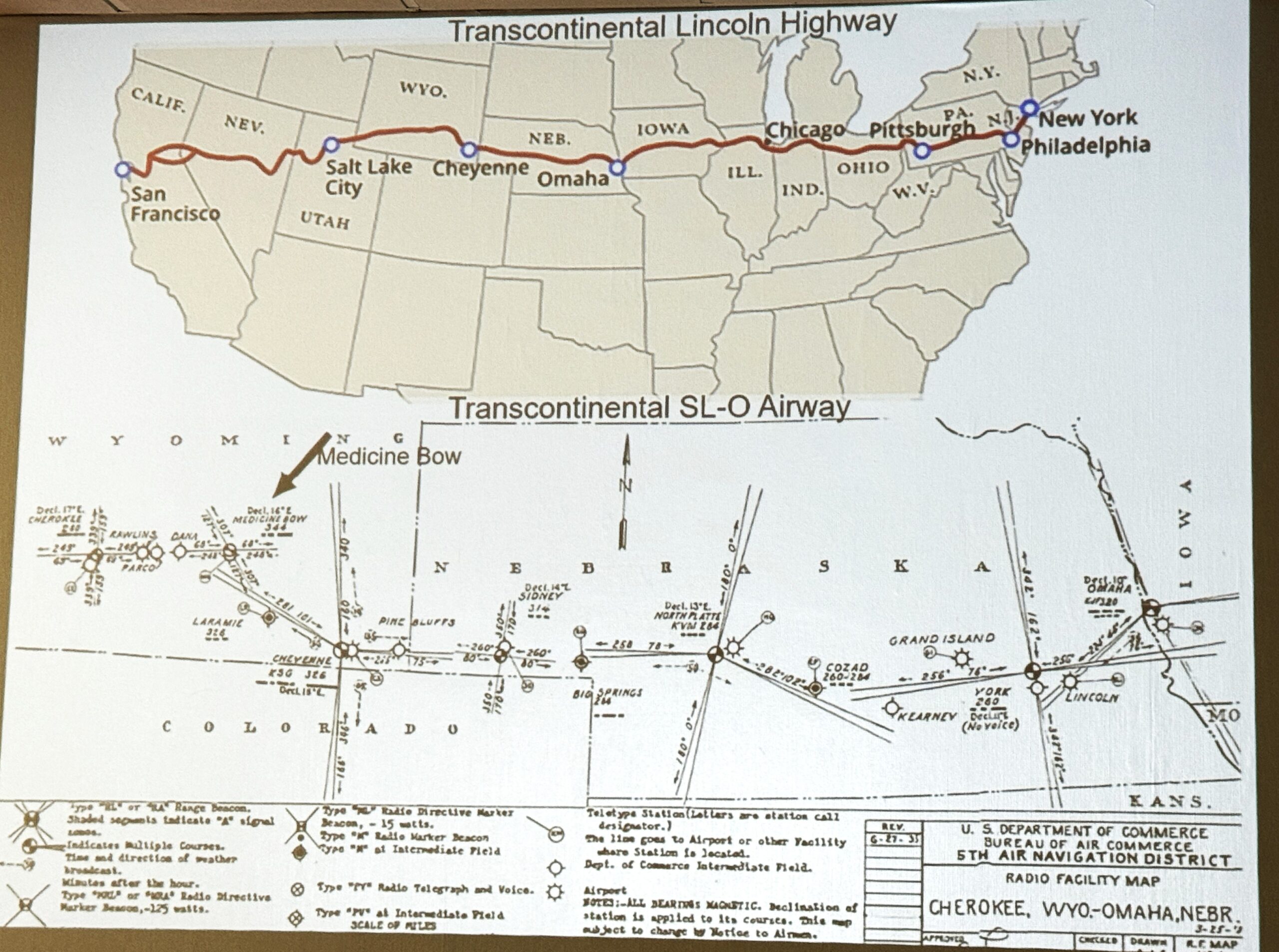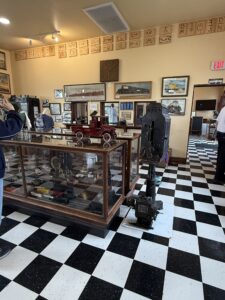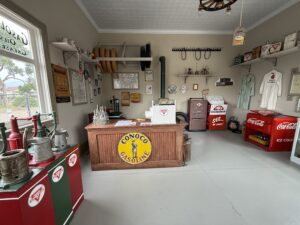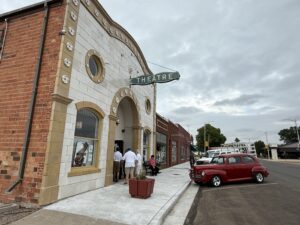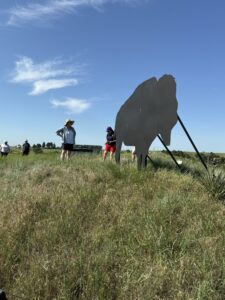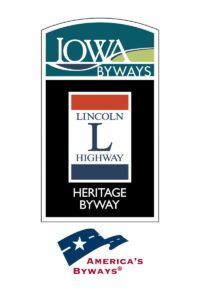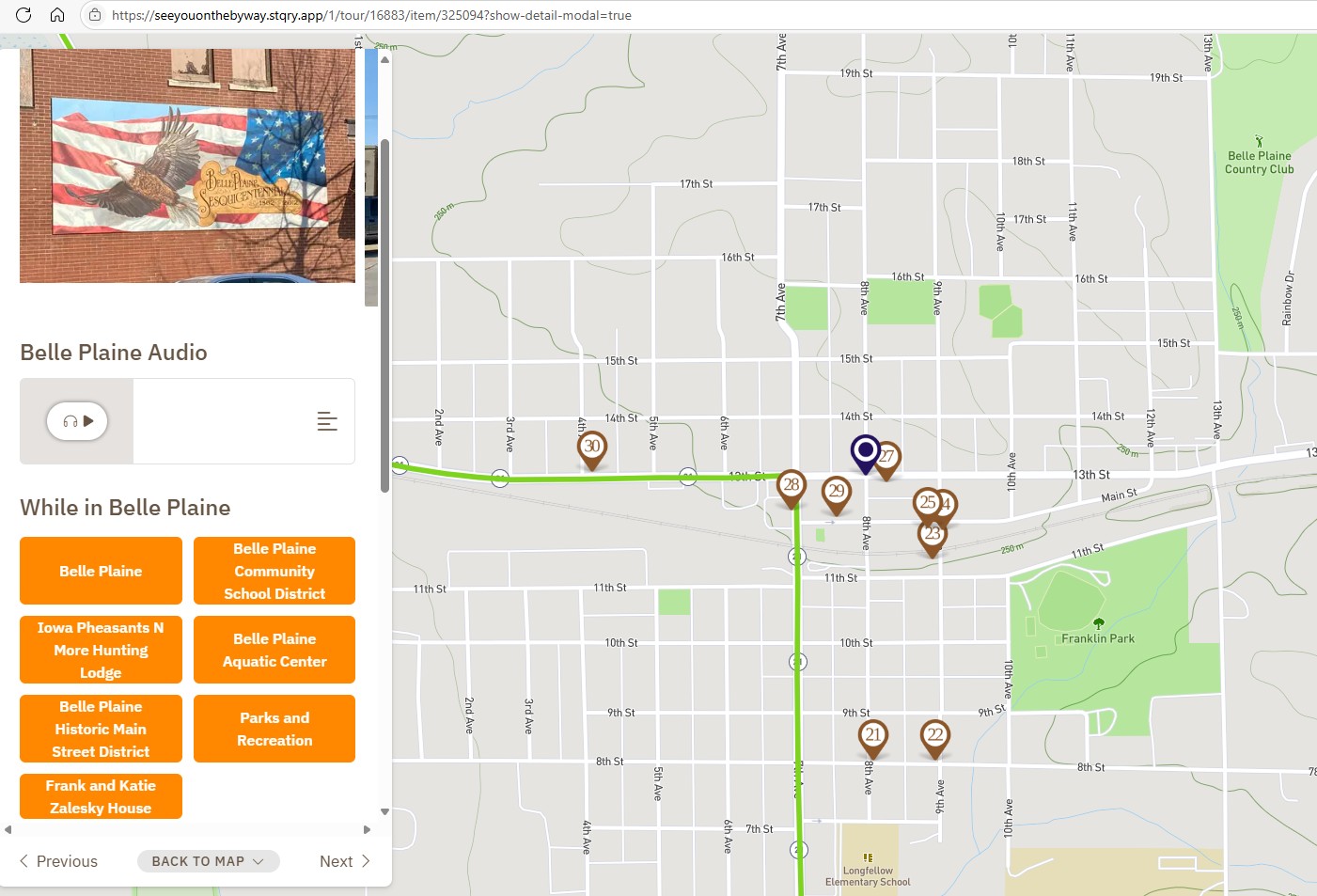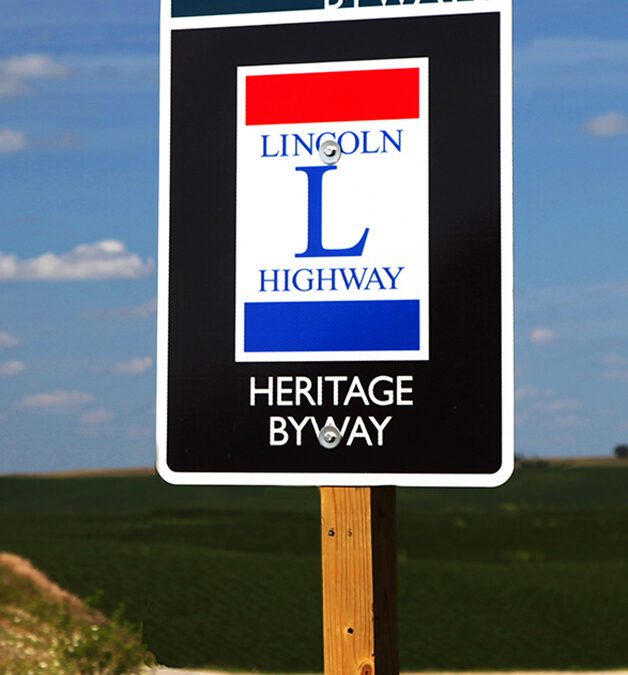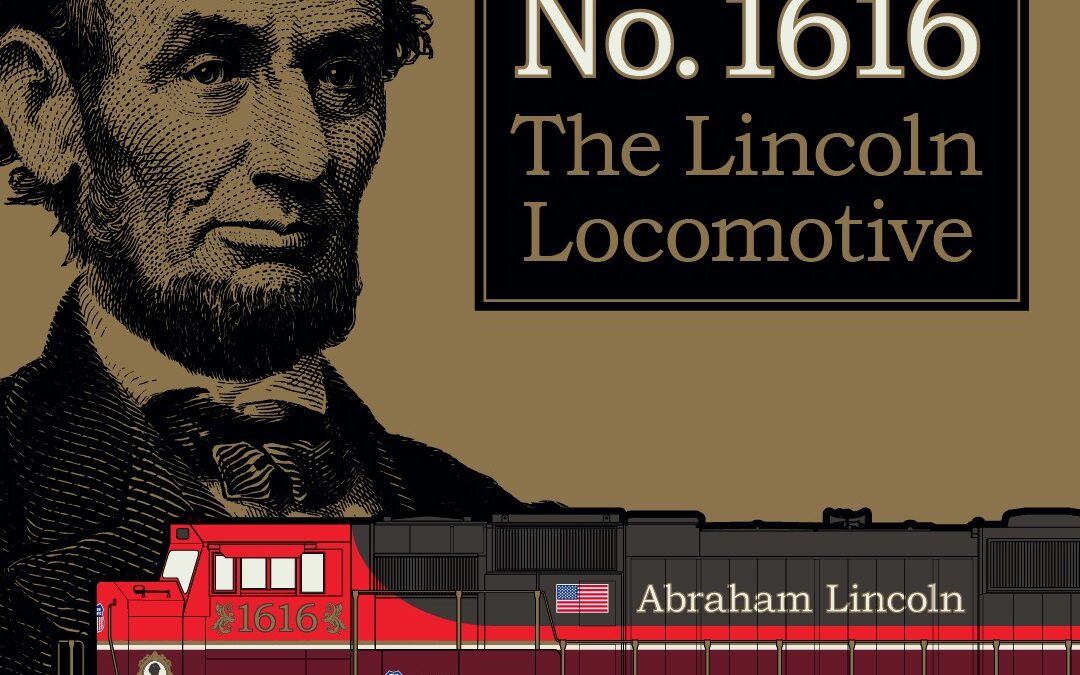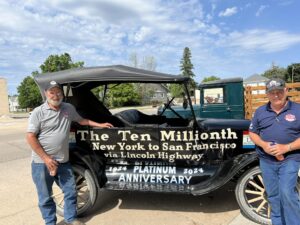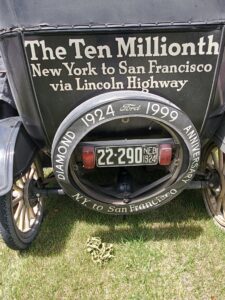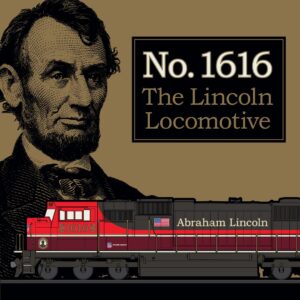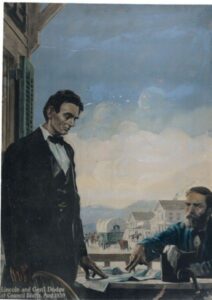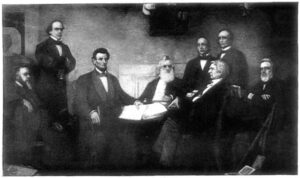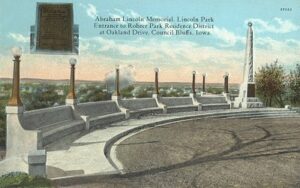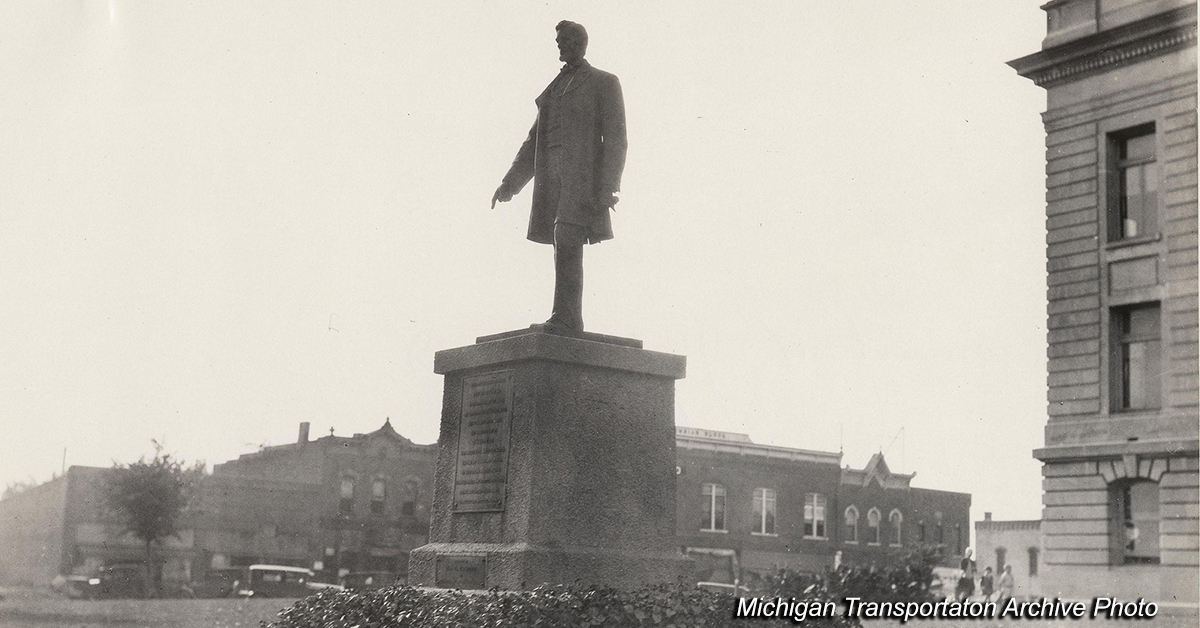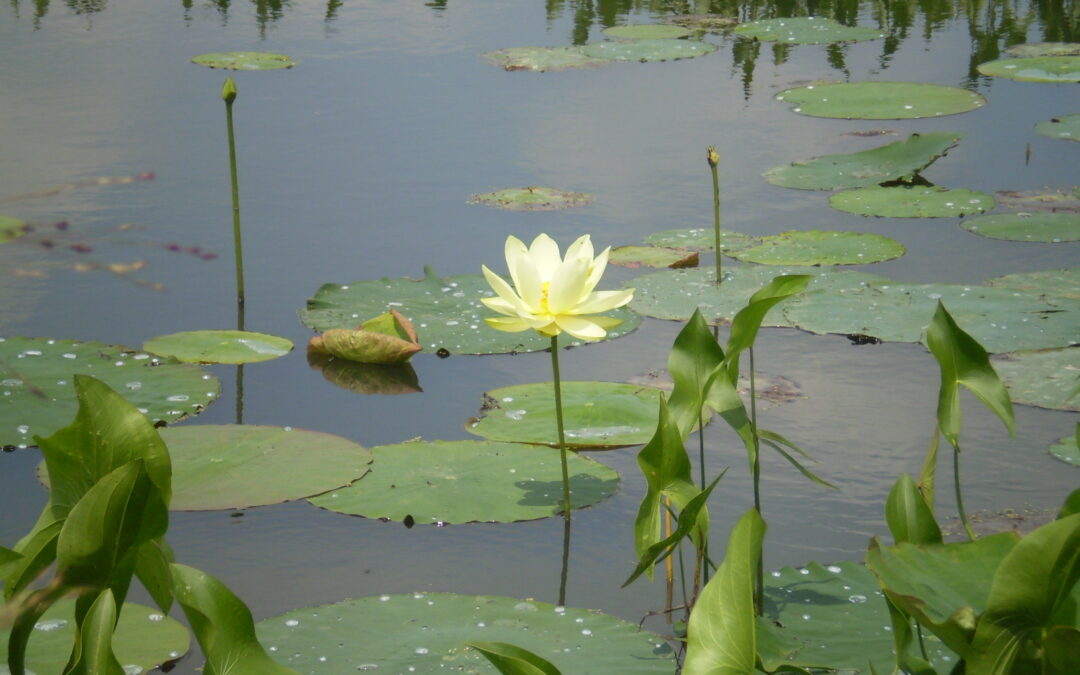
Summer along the Iowa Valley Scenic Byway
Byway Travelers,
It is summer in Iowa which means heat, tall corn, and it is time for the prairies to put on a show! From wetlands to tallgrass prairie species, the Iowa Valley Scenic Byway has opportunities to enjoy plant and wildlife beauty all summer long.
Northwest of Chelsea at the western end of the 77-mile byway, is an observation deck shaped like an eagle in flight. The deck overlooks a wetland prairie at Otter Creek Marsh State Wildlife Refuge. Enjoy marsh marigold, pickerel weed, and buttonbush along with various duck species and herons.
At the eastern end of the byway enjoy the wonder of Lily Lake in July. Thousands of blooming yellow American Lotus fill the lake as do birds such as pelicans, songbirds, and trumpeter swans. A short, family-friendly multi-use trail, the Kolonieweg Trail surrounds Lily Lake. In German, Kolonieweg translates to “Colony Way” which perfectly describes this trail that offers scenic views of the Millrace, pastures, farmland, and a prairie edge.
July 4th is a special time for the Amana Colonies story as their ancestors came to America for religious freedom. The annual celebration includes pick-up baseball games in the park (check out the unique story of baseball in the Amanas at the Norway Baseball Museum of Iowa), a huge pot-luck supper and fireworks over Lily Lake.
Later in July (July 26) tour the gardens at residences and businesses in the Amana Colonies during the Colonies in Bloom event. Each garden is unique, and visitors will experience both modern and traditional gardens. The self-guided garden tour includes gardens of vegetables, fruits, perennials, annuals, and much more.
If you can’t make the trip until August, plan to participate in the Annual Bike Ride of Iowa County with numerous stops and picturesque views from Amana to Marengo and back. This 28-mile fun ride is free and appropriate for all ages.
Get away for a long weekend in Marengo. Take in the Market at the City Park with homegrown produce and handmade goods every Thursday night in the summer. Then explore the Pioneer Heritage Museum and the next day and take in a game and dinner at Lucky 6 Lanes. Or relax with a day of fishing at the lake or take in the music at the family-owned Fireside Winery. You can find many sites in Marengo which are on the Iowa Valley Scenic Byway Audio Tour & App (www.seeyouonthebyway.stqry.app). Visit Gateway Park for a walk around the lake and the Veteran’s Memorial including the Iowa County Freedom Rock.
Have a great summer and I will see you on the byway!


